DISCLAIMER
This information is provided for educational purposes only, by a person knowledgeable in electricity. Do not attempt repairing or modifying your home wiring. If you do not understand how electricity works, consult a qualified person for your electrical repairs.
 This Photo shows a melted Mar wire nut in the junction box of a dishwasher. The connection was loose, leading to arcing of the wires which created enough heat to melt the Mar nut.
This Photo shows a melted Mar wire nut in the junction box of a dishwasher. The connection was loose, leading to arcing of the wires which created enough heat to melt the Mar nut.
When diagnosing issues with anything electrical, look for fundamental problems first. This bad connection was one of several issues found with this appliance.
TODAY'S household and commercial electrics are standardized so there is now a universal standard being used to keep everything safe. However, in older homes the electrical system may be outdated.
Polarized receptacles and plugs have been around for many years but do you know what that term means?
When you look at a  modern receptacle, it looks like a graphic of a face: two vertical slots and under them, in the center, a U-shaped hole. Kinda looks like two eyes and a mouth.
modern receptacle, it looks like a graphic of a face: two vertical slots and under them, in the center, a U-shaped hole. Kinda looks like two eyes and a mouth.
 modern receptacle, it looks like a graphic of a face: two vertical slots and under them, in the center, a U-shaped hole. Kinda looks like two eyes and a mouth.
modern receptacle, it looks like a graphic of a face: two vertical slots and under them, in the center, a U-shaped hole. Kinda looks like two eyes and a mouth.
That last one, the U-shaped hole, is a ground connection. Many appliances and some power tools require a ground which protects the user from shocks. Their power cords have the traditional three pins; Positive, Neutral and Ground and can only fit one way.
The orientation of the outlet should be so the middle hole, the ground, is below the two slots.
Many appliances, power tools and many electronics don't require a ground but do require a polarized plug. These are identified by looking at the plug. The two pins will look similar at first but on closer inspection you will see that one is wider than the other. The plug will only fit one way into the receptacle.
Modern receptacles (the wall outlet), in addition to being polarized, also are grounded. One slot is bigger than the other. This means that a polarized plug will fit only one way. Some older homes have receptacles with only two slots, indicating there is no ground. But they too have polarized orientation, so modern polarized plugs will still fit. However, just because there may be a three pronged receptacle, don't assume it's grounded. Some people, not understanding the risks, may have changed the older receptacle with a newer one so that modern three pronged plugs will fit. This can lead one the believing everything is OK. If in doubt, have the receptacle checked by a qualified person. Do not swap out an old two prong receptacle with a modern one unless the wiring has been updated to include a ground wire.
Some electronics share their metal frame/chassis with the neutral side of the wiring system so it's critical that the wiring connection be matched to its design and to prevent a shock. There is a possibility of the chassis being energized if its plug has been modified to defeat the polarized feature of it's design. Humming and other noise may also result by improper electrical connections.
Many older appliances, lamps and home electronics had equally sized pins on their plugs and will work in any older or modern receptacle in any orientation. Their design does not require careful matching of positive and neutral. Older style lamps typically have non-polarized plugs.
Here's a simple tip to spot potential electrical issues: If one or more receptacle is upside down (ground hole above the slots), look for others of similar orientation. It's a sure sign of someone who did not install them properly. Have them inspected by a qualified expert.

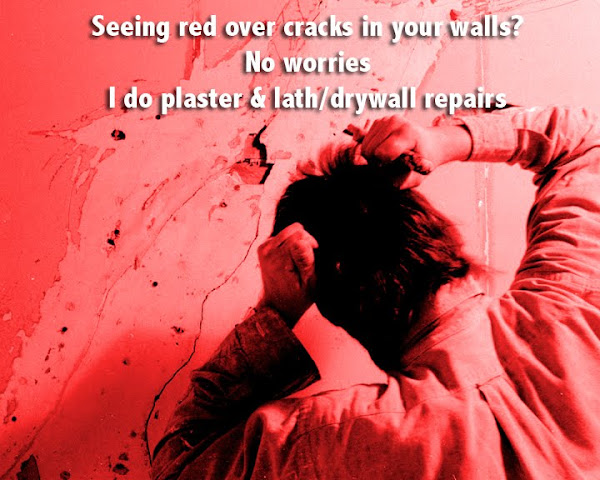
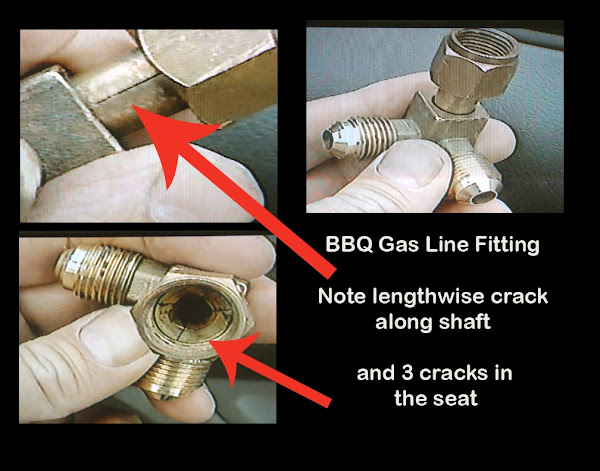
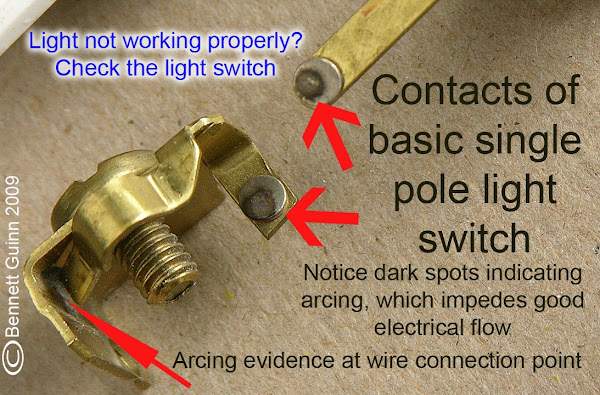
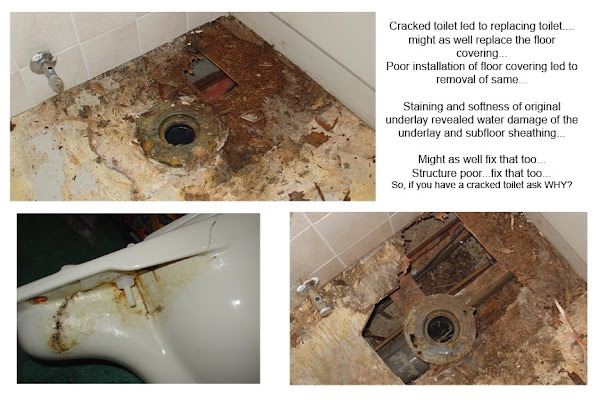
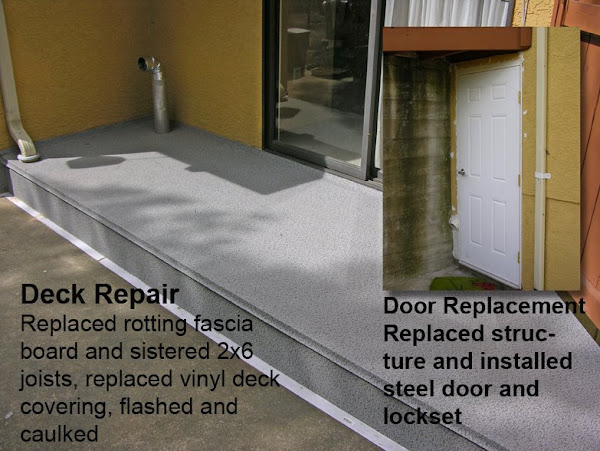
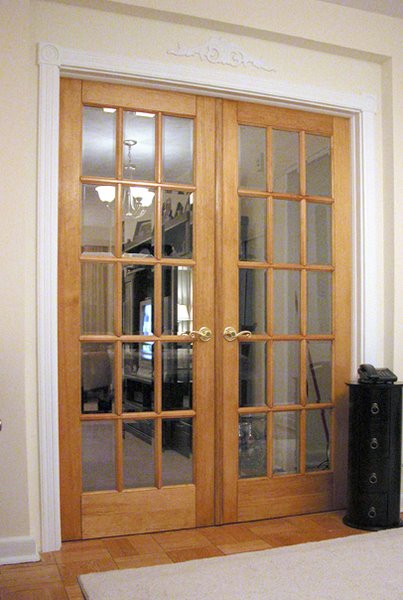
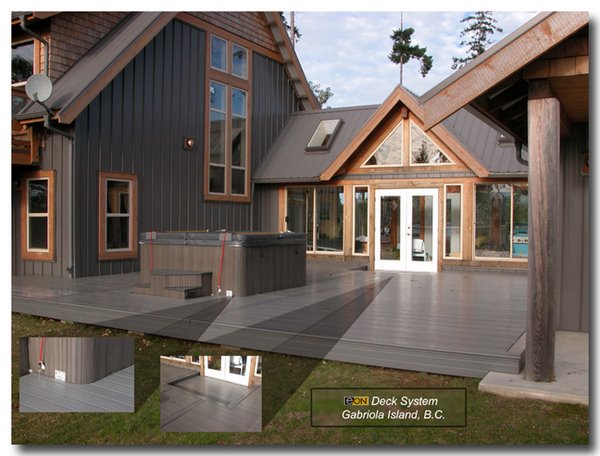

No comments:
Post a Comment